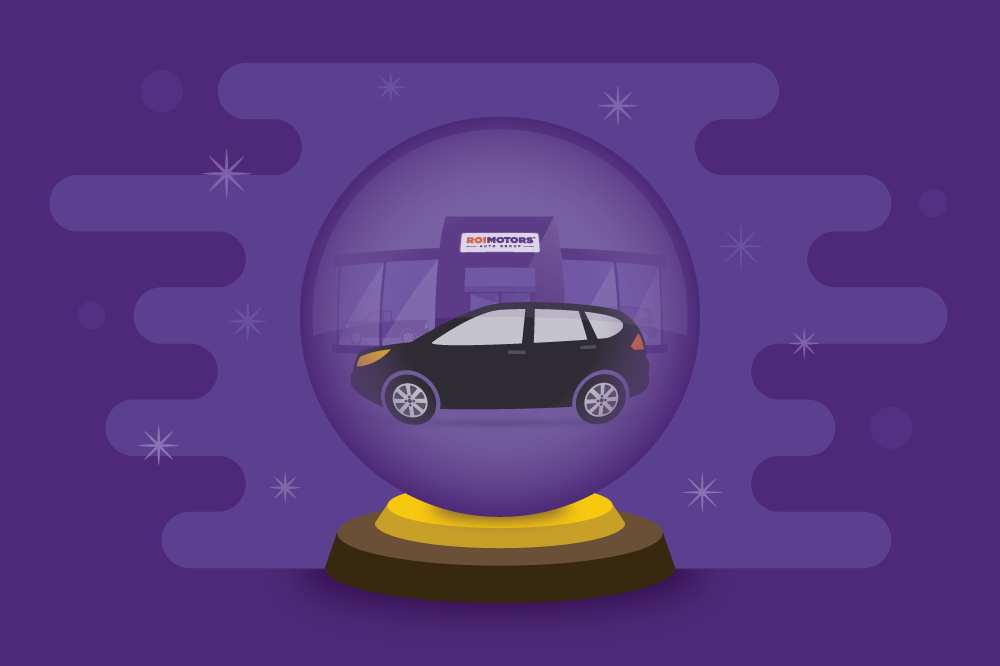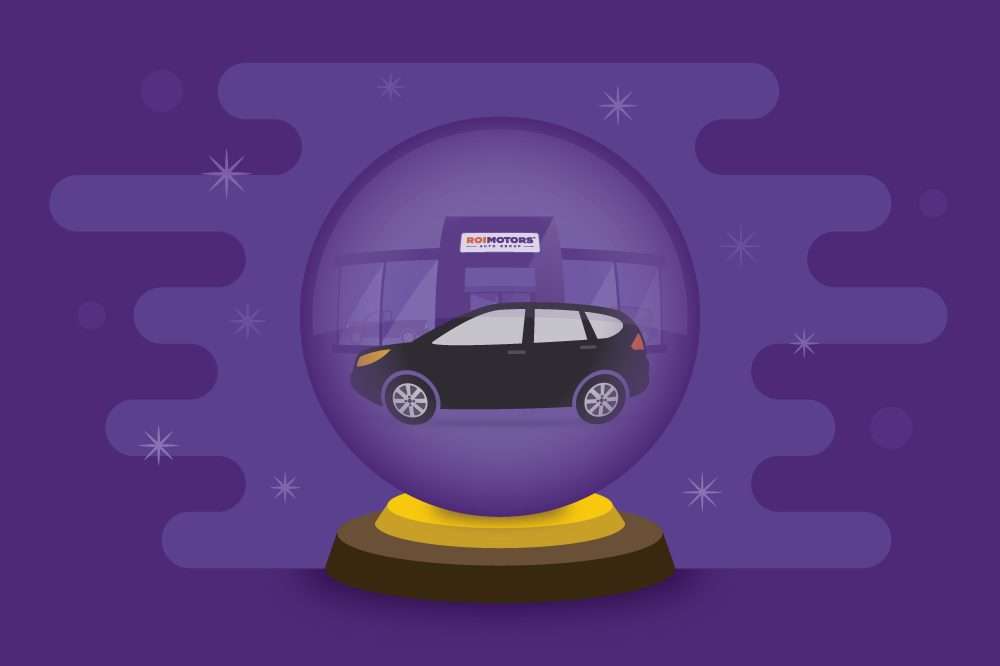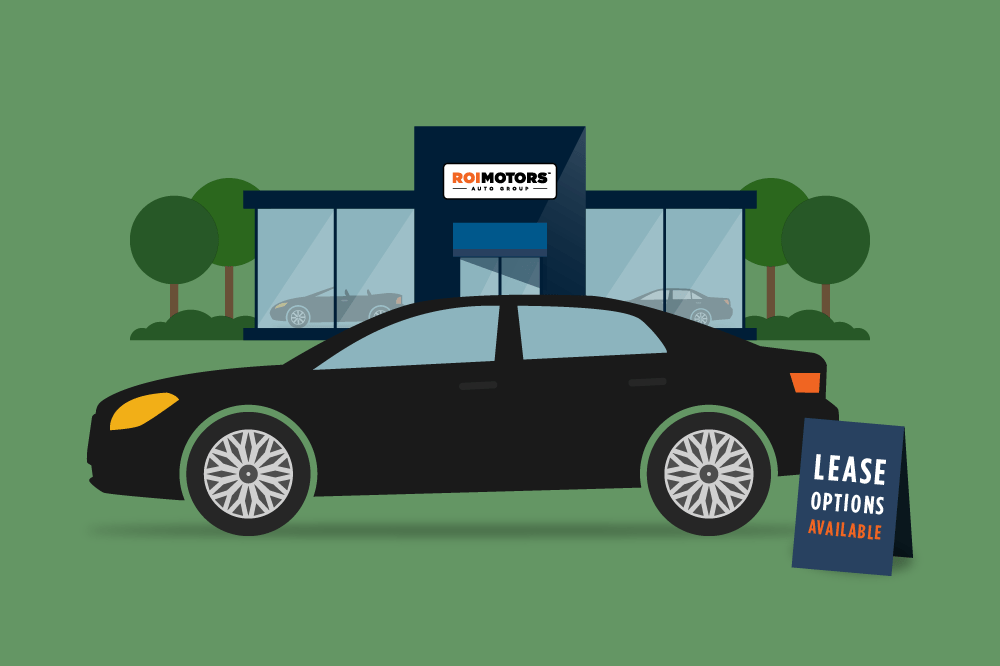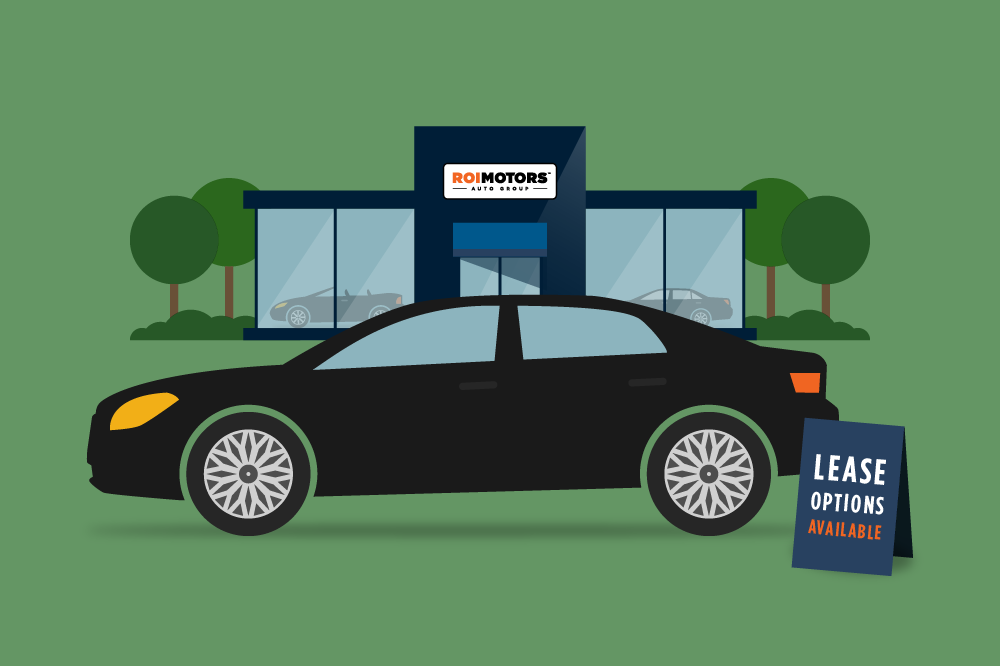
We don’t have an 8-ball, a pair of lucky dice, or even sport cars-themed tarot cards. But if there’s one thing we can say about 2017 with utmost certainty, it’s that it’s going to be an unpredictable year in automotive retail.
A changing marketplace, longer vehicle road life, possible gas price variations, and a new political landscape are all factors with which the auto industry must reconcile this year.
But we can predict some things. For instance, dealers will focus on where they can make profits, as they should always do. What dealers won’t make on volume or new car margin could be made with faster turn rate, more efficient operations, and greater emphasis on customer satisfaction, F&I, and service.
With that in mind, here are three more specific prognostications to help you, the dealer, fortify your bottom line no matter what 2017 brings your way:
1. Flexible Payment and Financing Options
Affordability is going to be a huge factor for shoppers this year. Many shoppers’ purchase decisions are driven largely by their monthly payment budget and/or access to financing. Building confidence and transparency into the shopping and deal-making portions of the process are easier if you embrace a digital retailing strategy to generate automobile leads.
This year, the industry really figures out how to sell a new vehicle online while preserving the customer-dealership relationship.
2. Multi-Channel Advertising
Shoppers are not limiting themselves to one device or one source of information. Being able to track those patterns, learn preferences, and target shoppers who’ve demonstrated a readiness or likeliness to purchase across multiple devices and sites will allow you to aim advertising and offers where they will count most.
This year, digital marketing settles on how to personalize what shoppers are looking for and deliver content that is neither irrelevant nor intrusive.
3. Attribution
You need to know what marketing investments work. Vendors and publishers will need to emphasize quality and value, and cannot simply post quantitative numbers. In terms of performance, transparency and actual ROI will stop being the exception, and start being the standard.
This year, the industry can confidently and intelligently use existing audiences to drive more relevant traffic and capitalize on specific shopper intent.
It’s still early in the year, but if what we saw and felt at NADA, and have been hearing from dealers around the country for months, is any indication of the accuracy of these three predictions, then we probably didn’t need to bring out the Ouija Board after all.
What are your auto industry predictions for 2017? We’d love to know what you think. Connect with us by commenting below.
Andy MacLeay is the director of digital marketing at Dealer.com



